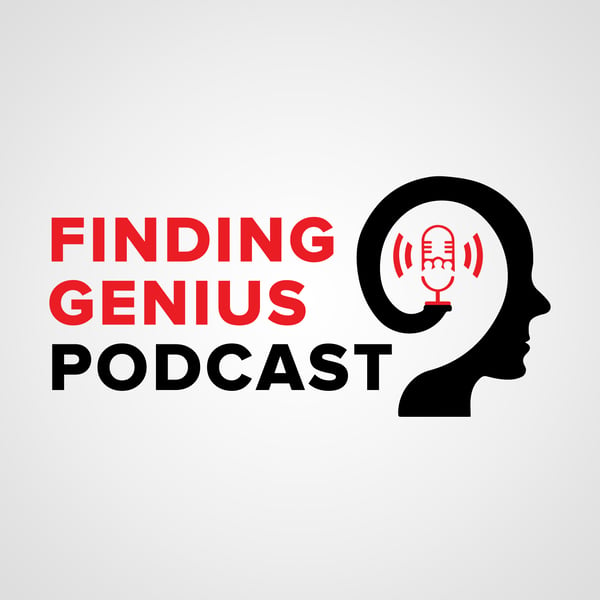Where Light and Magnetism Meet: Observing Intracellular Chemistry in Real Time
Finding Genius Podcast
Richard Jacobs
4.4 • 1K Ratings
🗓️ 5 March 2021
⏱️ 51 minutes
🧾️ Download transcript
Summary
For the first time, chemistry can be observed in real-time. Turn a magnetic field off, watch cellular fluorescence dim; turn the magnetic field back on, and watch the cellular fluorescence get brighter.
Tune in to learn more from the lead researcher, including:
- A likely explanation for how some animals use magnetic fields for navigation
- Why all cells fluoresce when a light is shined on them, and what determines the degree to which this happens
- What HeLa cells are, and why they are so useful for this and many other types of research
Jonathan R. Woodward is a professor of environmental sciences at the University of Tokyo, where he’s conducting experiments involving the use of light and magnetic fields for the observation of real-time intracellular chemistry.
When a light is shined on cells, the molecules in the cells undergo a photochemical reaction that proceeds through short-lives species called radical pairs, which Woodward says are at the heart of why cells become sensitive to magnetic fields.
In Woodward’s lab, the goal is to figure out what is happening inside cells, both mechanically and molecularly, during and after the magnetic response. Once a solid understanding has been formed, he and his team can begin asking questions like whether there are any downstream biological effects or health implications of the magnetic response, whether positive or negative.
Woodward dives deep into the details of his experiments, as well as how the science behind it is viewed from the background of quantum biology vs. chemistry vs. physics. He also explains the kinetic isotope effect, electron spin, how free radicals are formed, the two types of angular momentum of the Earth, the Pauli principle in quantum mechanics, evidence of bacterial and non-human animal uses of magnetic fields, and more.
Learn more at http://opes.c.u-tokyo.ac.jp/spinchem/.
Episode also available on Apple Podcasts: apple.co/30PvU9C
Transcript
Click on a timestamp to play from that location
| 0:00.0 | For Get Frequently Asked Questions, how about advice from a real genius? |
| 0:07.0 | 95% of people in any profession are good enough to be qualified in license. |
| 0:11.0 | 5%? |
| 0:12.0 | Go above and beyond. |
| 0:13.0 | They become very good at what they do, but only 0.1% are real geniuses. |
| 0:18.0 | Richard Jacobs has made his life's mission to find them for you. |
| 0:22.0 | He hunts down and interviews geniuses in every field. |
| 0:25.0 | Sleep science, cancer, stem cells, ketogenic diets, and more. |
| 0:28.0 | Here come the geniuses. |
| 0:30.0 | This is the Finding Genius Podcast. |
| 0:32.0 | The Richard Jacobs. |
| 0:34.0 | Hello, this is Richard Jacobs with the Finding Genius Podcast, |
| 0:40.0 | part of the Finding Genius Foundation. |
| 0:42.0 | I have Jonathan R. Woodward, |
| 0:44.0 | is a professor, a part of environmental sciences at University of Tokyo. |
| 0:48.0 | I'm going to talk about magnets interacting with human cells, |
| 0:52.0 | which makes headlight on animals migrate, |
| 0:54.0 | but I'll let Jonathan describe that. |
| 0:56.0 | Welcome, Jonathan. |
| 0:57.0 | Thanks for coming. |
| 0:58.0 | Hi, then. |
| 0:59.0 | Nice to meet you. |
... |
Please login to see the full transcript.
Disclaimer: The podcast and artwork embedded on this page are from Richard Jacobs, and are the property of its owner and not affiliated with or endorsed by Tapesearch.
Generated transcripts are the property of Richard Jacobs and are distributed freely under the Fair Use doctrine. Transcripts generated by Tapesearch are not guaranteed to be accurate.
Copyright © Tapesearch 2025.

